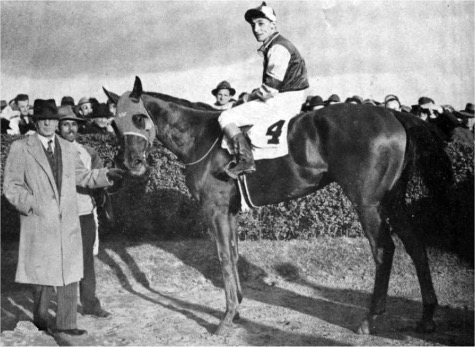This series provides readers the opportunity to learn about the unique insight and experiences of the San Antonio River Authority (River Authority) Board of Directors and their personal connection to the San Antonio River in hopes of inspiring stewardship of area creeks and rivers.

James Fuller, M.D., Goliad County
James Fuller, M.D. is a retired Cardiothoracic Surgeon. He has been actively involved in the San Antonio River Watershed and is currently involved in regenerative agriculture utilizing a program of management-intensive grazing to sequester carbon and eliminate the use of toxic chemicals which are harmful to our water and diverse plant landscape. He also takes part in ongoing conservation projects with the Texas Parks and Wildlife Department, U.S. Fish and Wildlife, Ducks Unlimited, and the Guadalupe-Blanco River Trust. In recognition of his service, Dr. Fuller received the Lone Star Land Steward Award in 2005 and 2006. The award recognizes private landowners for their habitat management and wildlife conservation accomplishments.
What San Antonio River discovery would you like to highlight in Goliad County?
In the heat of the summer of 2022, as temperatures soared over 100 degrees and the flow of the San Antonio River dwindled in Goliad County, a group seeking a break in the shade along the riverbank stumbled upon an extraordinary find. Half-buried in mud was a hefty object, initially dismissed as debris. However, upon closer inspection, it revealed itself as a massive, unfamiliar bone. Struggling to extract the object from its muddy tomb, the group eventually succeeded and transported it to their home for closer examination. Cleaned and photographed, the bone’s enormity and distinct characteristics left no doubt that it belonged to a creature of antiquity.
Seeking expert opinion, they sent images to a paleontologist who confirmed their suspicions—it was the femur of a mastodon, a behemoth that once roamed alongside early humans until their extinction around 11,000 years ago. Standing at 14 feet tall and weighing a colossal 10 tons, these ancient giants once roamed the very land we tread upon today. Eager to uncover more relics of the past, the group made plans to revisit the site during periods of low river flow hoping to unearth further evidence of Goliad County’s prehistoric inhabitants. This discovery serves as a remarkable reminder of the rich history that lies beneath our feet, waiting to be uncovered!
Mastodon bone found along the San Antonio River in Goliad County.
Describe one of your favorite memories related to the San Antonio River.
When my kids were young, we had a favorite spot on the riverbank where we’d go in the evenings to unwind. They’d spend hours climbing and swinging from massive grapevines right at the water’s edge. Sliding down the loose dirt of the bank was their favorite pastime, sometimes using pieces of cardboard or plywood to make it faster and more exciting. They called it “boogie boarding” and never seemed to tire of it.
In those hours spent in nature’s embrace, we forged bonds that would last a lifetime, gaining shared experiences and cherished memories. Even now, as we reminisce about those precious evenings by the river, the memories remain as vivid as ever-a testament to the enduring power of enjoyable creeks and rivers.

Farmland in Goliad County. Photo Credit: Richard Baltazar.
What river or River Authority historical fact would you like to share?
The rich history of the San Antonio River’s lower basin brings to mind a fascinating story passed down by John Freeman Lott, father of Alicia Lott Cowley and a valued former board member of the River Authority. On the expansive grounds of the iconic King Ranch in South Texas, there once lived a young horse who faced a grim prognosis because of a severe leg injury. Johnny Dial, a respected farmer and rancher along the river, renowned for his keen eye and ability to spot exceptional talent, intervened. Johnny requested the ailing horse, whose name was Assault, hoping to explore unconventional methods for his rehabilitation. With permission granted, he took the injured horse to Goliad, seeking solace and potential healing in the gentle flow of its waters.
Returning home, Johnny started a routine of daily swims in the San Antonio River for Assault. Remarkably, as days passed, the horse showed signs of improvement. Healed by the therapeutic power of the river, Assault defied expectations and went on to achieve glory by winning the Triple Crown of horse racing in 1946.

Thoroughbred US Triple Crown winner, Assault, with jockey Eddie Arcaro after winning the 1946 Westchester Handicap. Photo Credit: Public Domain Image.
In the River Authority’s ethos of “Safe, Clean, and Enjoyable Creeks and Rivers,” we find resonance with this tale. It speaks to the transformative potential of nature’s elements, particularly the flowing waters of our rivers. As we reflect on this remarkable story, we’re reminded of the profound connections between our environment, our history, and the resilience inherent in both.






